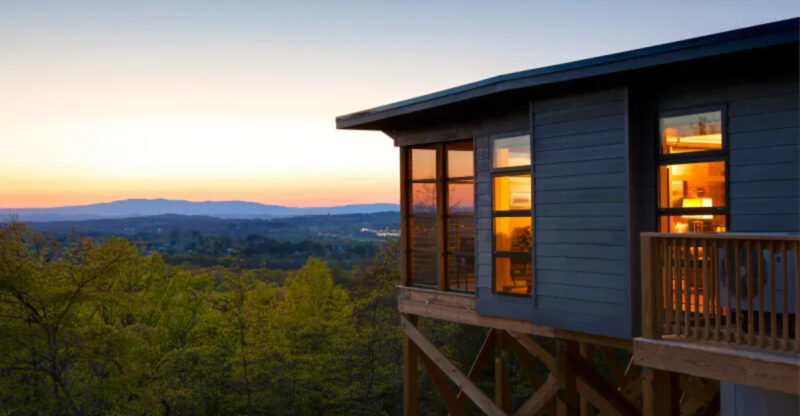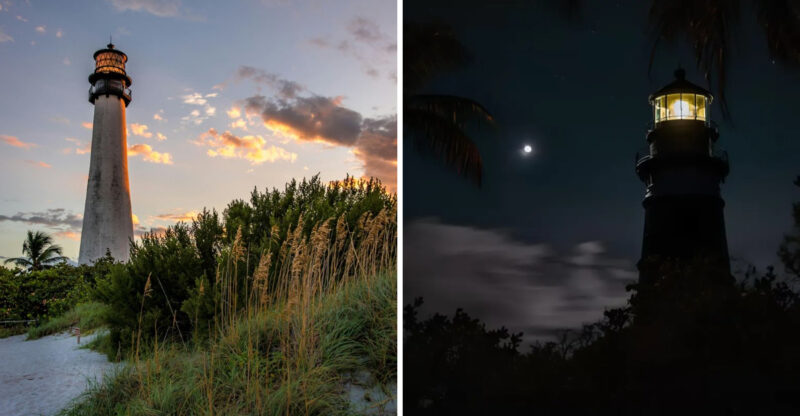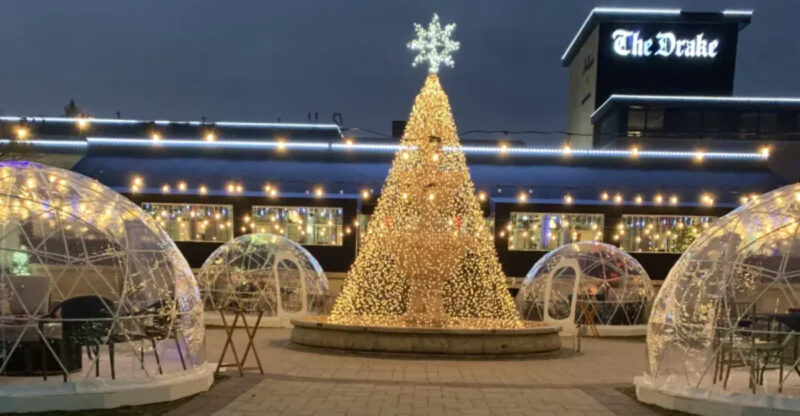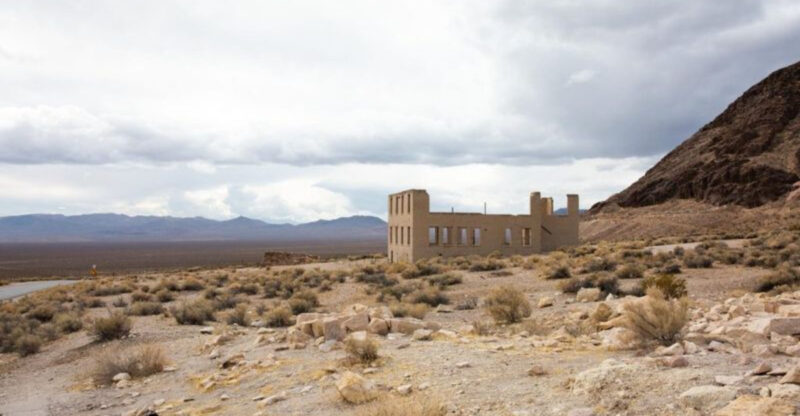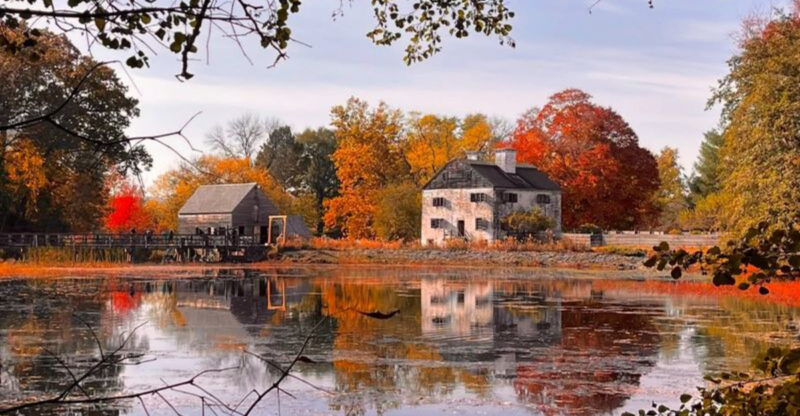Discover The Georgia Garden Hiding A Historic Spring Near Albany
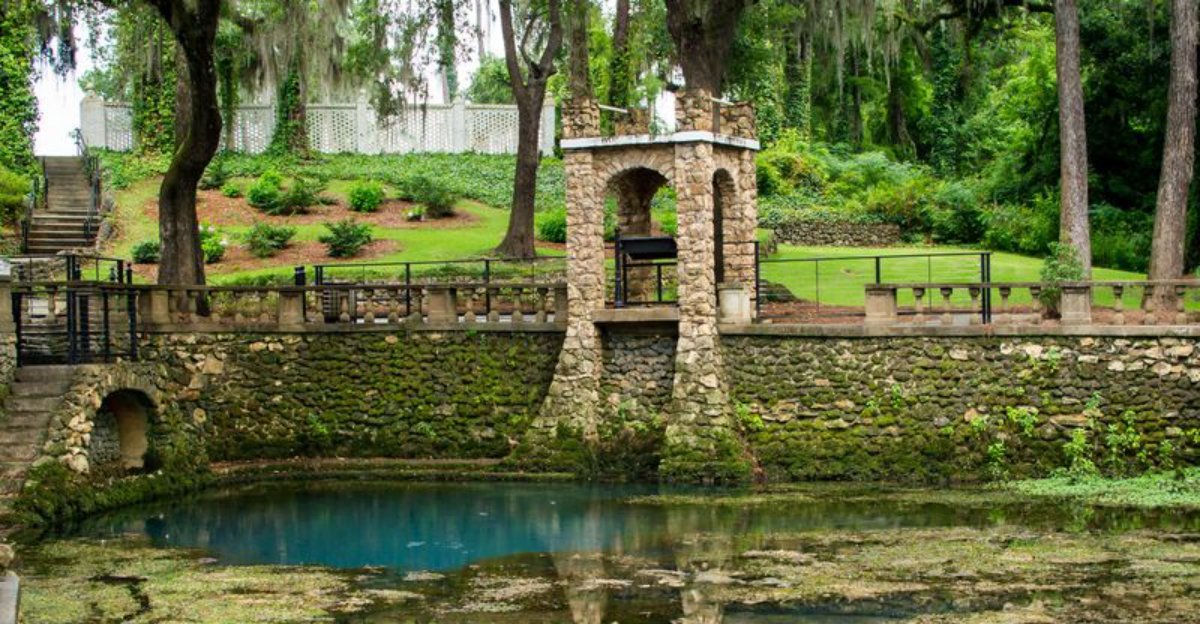
Not far from Albany, Georgia, a stunning natural spring bubbles up from the earth with crystal-clear turquoise waters that seem almost too beautiful to be real. Radium Springs has captivated visitors for over a century with its lush gardens, fascinating history, and mysterious underground caves.
Though many travelers flock to Providence Canyon State Park nearby, this hidden gem offers a quieter, equally enchanting experience worth exploring.
1. One Of Georgia’s ‘Seven Natural Wonders’
Radium Springs holds a special place among Georgia’s most remarkable natural sites. This stunning spring releases approximately 70,000 gallons of crystal-clear water every minute from deep underground caves.
The constant 68-degree temperature and brilliant blue color make it unforgettable. Visitors often compare its beauty to tropical destinations, yet it’s tucked away in southwest Georgia’s countryside.
2. The Historic Spring With Turquoise Waters
The spring’s mesmerizing turquoise hue comes from sunlight reflecting off white limestone and sand beneath the water. Minerals dissolved in the water enhance this natural color effect beautifully.
Early settlers believed the waters held healing properties. Today, the spring remains a peaceful spot where nature’s artistry takes center stage, drawing photographers and nature lovers year-round.
3. The Garden And Lush Botanical Trails
Surrounding the spring, carefully maintained gardens showcase native Georgia plants, azaleas, and towering trees that provide cool shade. Winding pathways invite leisurely strolls through this peaceful landscape.
Spring and fall bring especially vibrant colors to the gardens. Benches scattered throughout offer perfect spots to pause and soak in the natural beauty and tranquil atmosphere.
4. Underground Cave System And The Spring’s Flow
Beneath Radium Springs lies an extensive limestone cave system that feeds the spring’s constant flow. Water travels through the Floridan Aquifer, one of the world’s most productive aquifers.
The caves remain largely unexplored due to their complexity and water-filled passages. Scientists continue studying this underground network to understand the spring’s remarkable consistency and purity.
5. The Early–20th-Century Resort Era
During the 1920s and 1930s, Radium Springs became a fashionable resort destination attracting visitors from across the Southeast. The spring’s supposed healing waters drew people seeking health benefits and relaxation.
A grand casino, hotel, and bathhouse were constructed to accommodate guests. The resort thrived for decades before eventually closing, leaving behind fascinating architectural remnants.
6. Casino, Hotel & Bathhouse Ruins
Today, visitors can explore the atmospheric ruins of the former resort complex. Stone archways, crumbling walls, and foundations hint at the site’s glamorous past.
The bathhouse ruins stand closest to the spring, where guests once bathed in the mineral-rich waters. These remnants add a layer of mystery and nostalgia to the natural beauty surrounding them.
7. Location: On The Outskirts Of Albany
Radium Springs sits just a few miles south of downtown Albany, making it easily accessible for day trips. The location offers a quick escape from city life into natural tranquility.
Nearby Providence Canyon State Park provides another geological wonder about an hour’s drive away. Together, these destinations make southwest Georgia an underrated nature lover’s paradise worth exploring thoroughly.
8. Visitor Experience: Gardens, Gazebo & Ruins
A charming gazebo overlooks the spring, offering picture-perfect views of the turquoise waters below. Visitors often gather here for photos and quiet reflection.
The combination of manicured gardens, historic ruins, and natural spring creates a unique atmosphere. Picnic areas provide spots to enjoy lunch while surrounded by this peaceful blend of history and nature.
9. Nature Notes: Cypress Trees And Rare Fish
Majestic bald cypress trees line the spring’s edges, their distinctive knees protruding from the water. These ancient trees create a timeless Southern landscape that feels almost primordial.
The spring supports several fish species, including some rare varieties adapted to the constant water temperature. Birdwatchers also appreciate the diverse species attracted to this reliable water source.
10. Practical Info: Drive Time, Entry & Accessibility
Radium Springs is approximately two hours from Atlanta and three hours from Savannah, making it reachable for weekend getaways. The site offers free admission, though donations support ongoing maintenance.
Paved pathways make most areas wheelchair accessible. The gardens remain open during daylight hours year-round, with spring and fall offering the most comfortable visiting conditions.
11. Swimming History And Current Status
Swimming was once a popular activity at Radium Springs during its resort heyday. Visitors flocked to bathe in the cool, mineral-rich waters believed to have therapeutic qualities.
Swimming is no longer permitted to protect the delicate spring ecosystem and water quality. However, the visual experience of the pristine waters remains equally captivating from the viewing areas above.
12. Best Times To Visit Throughout The Year
Spring brings blooming azaleas and dogwoods that transform the gardens into a floral wonderland. Temperatures stay comfortable, and the spring’s turquoise waters shine brilliantly under clear skies.
Fall offers cooler weather and changing foliage that creates beautiful color contrasts. Summer visits are possible but can be humid, while winter provides peaceful solitude with fewer crowds around.

